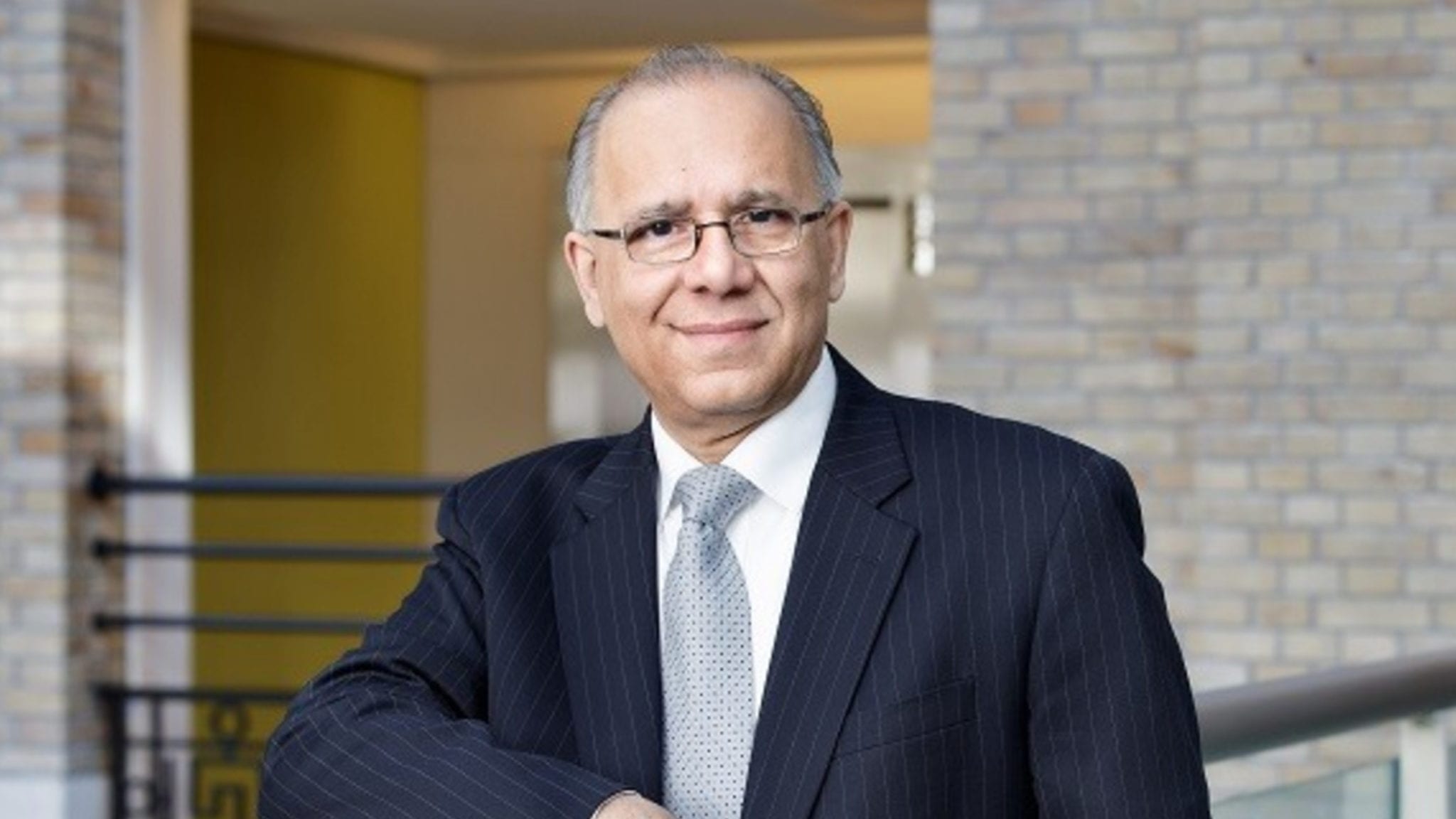
Sanofi's strategy head to retire by month end, as company gears up for December strategic update
While speculation that Sanofi is considering options for its consumer healthcare unit erupts ahead of a planned strategic update next month, it looks like the French drugmaker is losing a senior executive in charge of strategy.
Muzammil Mansuri, executive vice president of strategy, and business development — and member of Sanofi’s executive committee — is set to leave the company by the end of November, Reuters reported on Friday, citing an internal memo.
Unlock this article instantly by becoming a free subscriber.
You’ll get access to free articles each month, plus you can customize what newsletters get delivered to your inbox each week, including breaking news.